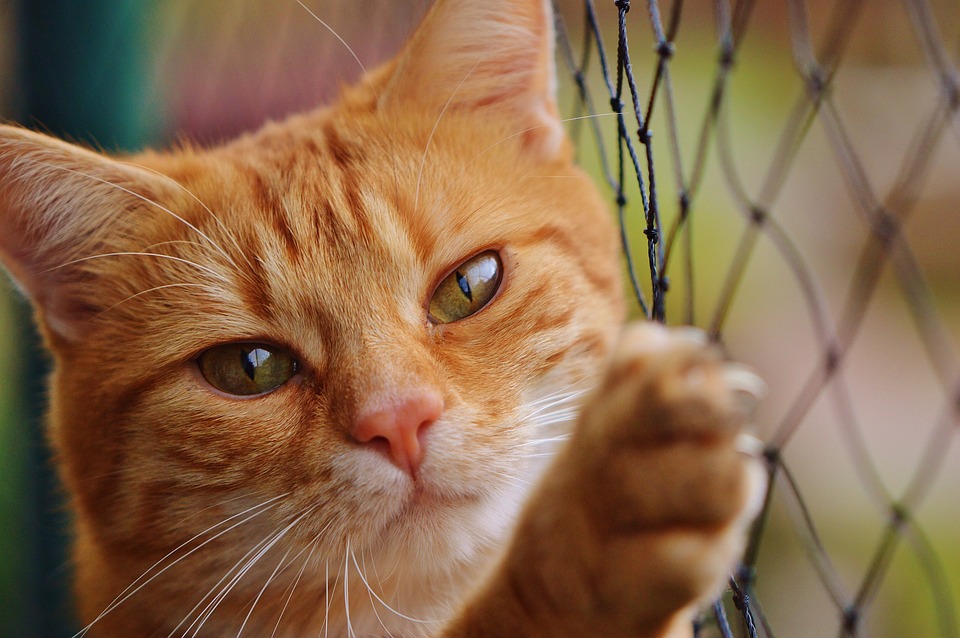**Title: How to Train Your Cat to Wait for Permission to Eat: A Guide to Promoting Healthy Eating Habits**
**Introduction:**
Training your cat to wait for permission before eating is a valuable skill that not only helps prevent overeating and obesity but also fosters discipline and enhances the human-cat bond. In this article, we will explore effective strategies and tips to train your cat to patiently wait for your command before diving into their food bowl.
**I. Understanding the Importance of Training Your Cat to Wait for Permission**
A. Promoting healthy eating habits
B. Preventing obesity and related health issues
C. Strengthening the human-cat bond
**II. Steps to Train Your Cat to Wait for Permission**
A. Step 1: Consistency and routine
1. Establishing a feeding schedule
2. Maintaining consistency in meal times
B. Step 2: Introducing a cue for waiting
1. Selecting a unique verbal or visual cue
2. Associating the cue with waiting
C. Step 3: Practice patience through incremental delays
1. Start with short waiting periods
2. Gradually increase the waiting time
D. Step 4: Reinforcing the waiting behavior
1. Positive reinforcement techniques
2. Using treats and praise effectively
E. Step 5: Correcting unwanted behavior
1. Addressing impatience and attempts to eat prematurely
2. Redirecting attention and reinforcing the waiting command
**III. Frequently Asked Questions (FAQs)**
**Q1: How long does it usually take to train a cat to wait for permission before eating?**
A. The training duration varies depending on the cat’s personality and previous training experiences.
B. Some cats may learn within a few weeks, while others may require several months of consistent training.
**Q2: Can this training method be used for cats of all ages?**
A. Yes, training to wait for permission can be started at any age.
B. Older cats may take longer to adapt to the new routine, but it is still achievable with patience and persistence.
**Q3: Are there any specific breeds that are more receptive to this training?**
A. The success of training is not breed-dependent; it primarily relies on individual temperament and willingness to learn.
**Q4: What if my cat refuses to wait and becomes aggressive during training?**
A. If your cat displays aggression, it is crucial to consult with a professional animal behaviorist or veterinarian for guidance.
B. They can assess the situation and provide tailored advice to address your cat’s specific needs.
**Conclusion:**
Training your cat to wait for permission before eating is a rewarding endeavor that promotes a healthy lifestyle and strengthens the bond between you and your feline companion. By following the steps outlined in this article and being patient and consistent, you can successfully instill good eating habits in your cat while fostering trust and obedience. Remember, a well-trained cat is a happy and contented cat!








